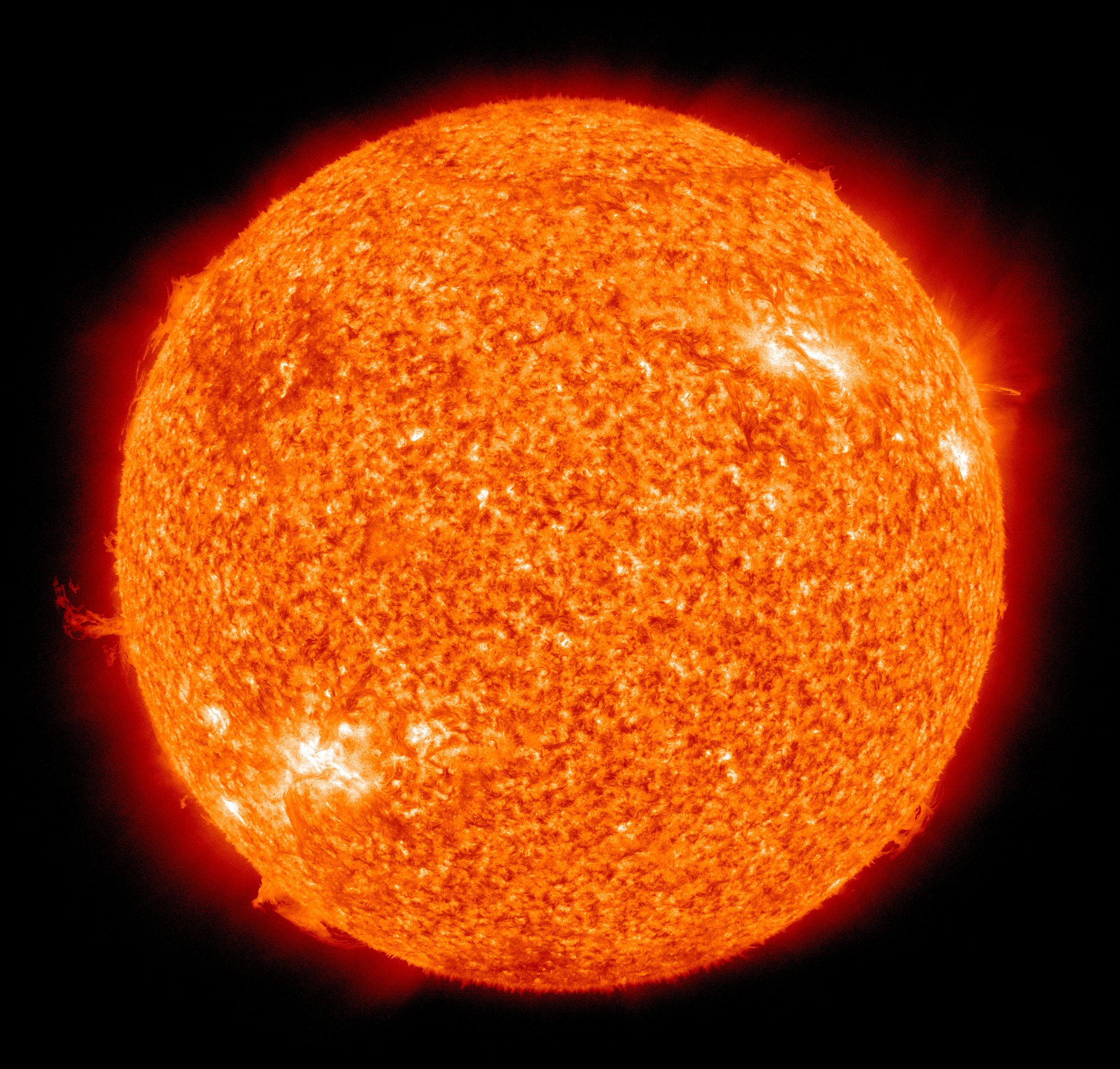Nuclear fusion holds the potential to provide a source of clean energy for the world: It is robust against a changing environment, its fuel is abundant on earth, and it does not produce harmful waste. But it’s hard. Really hard.
Since the 1940s—with the discovery that fusion is the source of powers for stars—researchers have been looking for ways to initiate and control fusion reactions to produce useful energy on earth. With this intention, a longstanding question within the field has recently been answered at the Lawrence Livermore National Laboratory (LLNL), California.
On 5 December 2022, the National Ignition Facility (NIF) at LLNL reported that ignition had been achieved.
Ignition is a proof of concept: a theoretical possibility but not experimentally confirmed until now.
In this historic experiment, almost 200 lasers were fired at a small hollow golden cylinder known as a Hohlraum, inside which there was a small spherical pellet of hydrogen isotopes. The lasers transfer large amounts of energy onto the sides of the Hohlraum, causing it to emit large intensities of X-rays.
Inside the cylinder, this X-ray ‘bath’ impinges on the sphere. The X-ray pressure causes an implosion—a rapid compression and sharp rise in temperature and density at the centre. It is in this extreme state of matter that hydrogen nuclei will have enough energy to fuse.
Ignition refers to the ability to produce energy. It is measured by a quantity called gain which is calculated by comparing the energy put into a reaction and the energy that is released.
The numbers are as follows: there were 2.05 megajoules in the incident laser pulses, and a subsequent energy output of 3.15 MJ. This demonstrates a net energy gain of around 54%, demonstrating ignition for the first time.
This gain of 1.54 is over double the previous gain of 0.7 recorded by NIF.
It is important to note that the incident energy does not account for the total energy required for the entire facility to run, particularly to power the lasers themselves. In fact, to achieve net gain for the whole experiment, scientists estimate that the output energy would need to be increased approximately 100 times the incident energy, while using more efficient lasers.
So, the result does not demonstrate the commercial viability of fusion power at the current time.
Nonetheless, progress is being made.
NIF was never built to achieve commercially viable fusion and recent advances in laser efficiency are encouraging. It is the job of researchers in the public and private sectors now to subvert the limiting factors in these experiments; to understand and ultimately harness the extreme states of matter found at the centre of stars.





